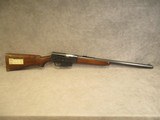 |
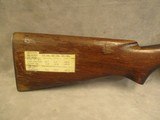 |
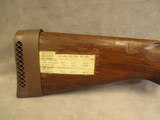 |
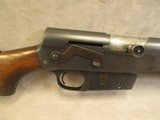 |
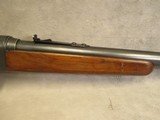 |
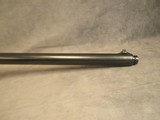 |
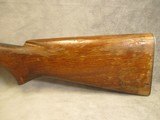 |
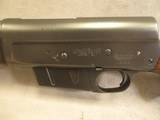 |
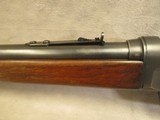 |
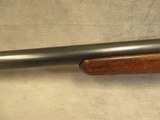 |
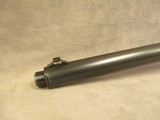 |
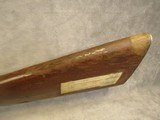 |
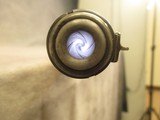 |
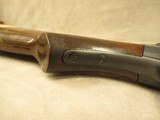 |
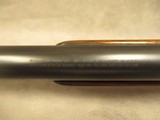 |

Remington Model 81 Rifle in .300 Savage, Made January 1941
Guns International #: 103306801 Seller's Inventory #: 25080312
Category: Remington Rifles - Semi-Auto - Rifles - American Semi-Auto
Seller's Information
When emailing or calling sellers direct, please mention that you saw their listing on GunsInternational.com
Seller: Shooter's Supply, LLC.
Member Since: 3/16/16
First Name: Patrick
Last Name: Brown
State: Tennessee
Zip: 37343
Country: United States
Phone: (423) 875-4868
Number of Active Listings: 25
Total Number of Listings: 1365
Seller: FFL Dealer
Return Policy: 3 day inspection and return policy on used guns.
We normally ship USPS Priority Mail which should be 2-day ship. Shipping is actual cost with a minimum of $30.00 for pistols and $50.00 for rifles/shotguns to ship to most of the 48 contiguous states. Shipping to Alaska may require an extra fee. Shipping insurance is available upon request for an extra fee. We cannot do international sales. As of November 2019, we no longer ship guns to California and Hawaii.
Payment Types Accepted: Visa, Master Card, American Express, USPS Money Order. NO CREDIT CARD FEES!!!
About Us: We are a small family owned business located in Hixson, Tennessee. Do you have firearms at home collecting dust? We have a lively consignment business. Our fee is 20% with a $50 minimum. Firearms are consigned for a an average period of 180 days but the length of period is negotiable. We also do handgun carry permit classes for the state of Tennessee. We have a nice indoor shooting range with reasonable rates. Please check us out at shooterssupply.
Description:
The Remington Model 81 was the successor to the very popular Remington Model 8 which was famously used by law enforcement in the ambush of Bonnie and Clyde in 1934. Designed by John Moses Browning, the famed inventor of the 1911 pistol and many other firearms, the Model 8 and 81 both used the long-recoil method of operation as used in the Browning Auto-5 shotgun and the Browning M2 .50-caliber machine gun. This type of operation was used due to its greater reliability over gas operation which back then could not be done with the powders then available. The only drawback to this method of operation is, in addition to the primary recoil movement of the ignition of the cartridge, there is a second, smaller recoil bump from the barrel stopping at its rear most position before moving back into the forward position. While this may sound uncomfortable, from personal experience it is not even noticeable. Like the Auto-5, the Model 81’s magazine has a capacity of 5 rounds. In this case, it is a box magazine fixed to the gun and is not intended to be removable though both the 8 and 81 have been successfully modified in the past to use a detachable box magazine. The Model 81 was available in five different cartridges, all with interesting histories. These are the .25 Remington, .30 Remington, .32 Remington, .35 Remington, and the .300 Savage. For now, we’ll just go over the .300 Savage as its history is separate from the Remington cartridges. The .300 Savage was introduced in 1921, long after the Remington and Winchester Cartridges of the early 1900s, as a replacement for the weaker and older .303 Savage cartridge. Two important changes were made in designing the .300 Savage. First, Savage switched from a rimmed round to a rimless one, and second, changed the bullet from a round nose to a more aerodynamic spitzer type. The .300 Savage became an immediate success upon its introduction in the Savage Model 99 lever action rifle. Its popularity led to Remington chambering the round in the Model 81 rifle making it the only non-Remington cartridge ever chambered in the rifle. As a final testament to the effectiveness of the .300 Savage, it was used by the U.S. Army in experiments that resulted in the creation of the legendary .308 Winchester/7.62 NATO cartridge. In fact, the .308’s case is literally a 300 Savage case with the neck length increased and less taper on the cartridge body.
The rifle shown here is in very good condition for its age (1941 = 84 years old) both internally and externally, though there is some minor wear. The majority of the finish remains intact. The receiver exhibits some small spots of micro pitting on the sides. Since the majority of the bluing remains, the micropitting is difficult to see until the receiver is looked at very closely. The barrel shroud is in similar shape. The lower tang retains its bluing, which is unusual. Normally, constant use of the rifle, i.e. frequently holding the grip, eventually results in the lower tang losing its bluing due to a combination of rubbing motion and the oils present on the human hand. The presence of bluing suggests the rifle was not used on a regular basis, more likely as a once-a-year deer hunting rifle. The wood furniture exhibits the most wear, with the finish flaking away from age. There is a long serration or trench on the upper right-hand side of the stock, though it is relatively shallow. The stock has been fitted with a removable recoil pad shroud. It is meant to be easily removable. In addition, a small trajectory chart has been attached to the stock. Mechanically, the 81 is in great shape, and operates as it should. The trigger pull is consistent and short. The bore exhibits some very minute spots towards the muzzle, but nothing that would affect the accuracy of the rifle. It may be pitting of the metal or just some form of fouling. The rest of the bore is in superb shape. This means the rifle should still be accurate, especially with jacketed bullets.
Price: $925.00
Rifle Caliber: .300 Savage
Manufacturer: Remington Arms Co.
Model: Model 81
Serial Number: 13025
Barrel Length: 22.0 inches (559 mm)
Bore: Rifled, 4 grooves, 1:10 inches (1 in 254 mm) RH twist.
Ejectors: Auto-ejection
Condition: Used - Very Good
Barrels: Nickel steel
Barrel Type: Recoiling, shrouded
Action: Semi-Automatic, Long-Recoil Operation
Triggers: Standard curved
Stock: Walnut, pistol-grip type
Fore End: Walnut
Butt Pad: Remington metal plate
LOP: 13.75 inches (349.25 mm)
Finish: Blue
Weight: 8 lbs. 10.2 oz.
Sights: Blade front sight, buckhorn rear sight with elevator, Sight radius 18.75 inches (476.25 mm).
Manufacture Date: January 1941